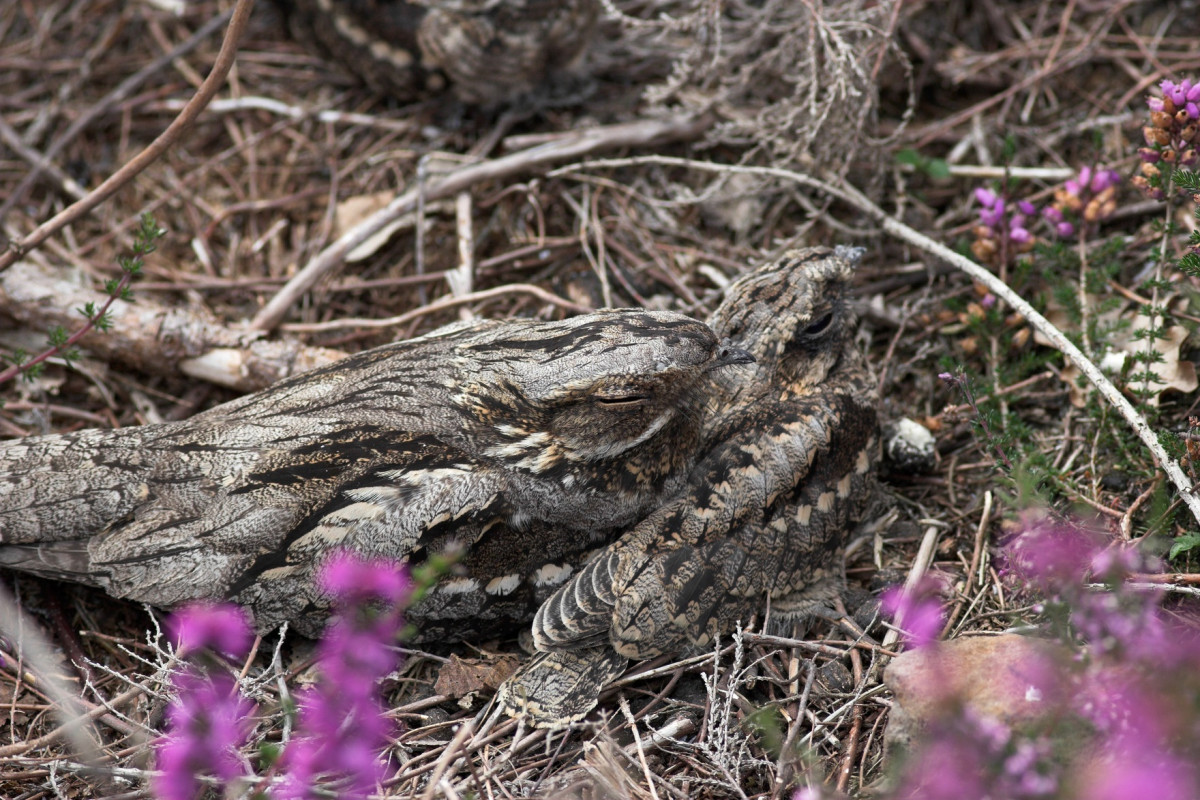BTO Research Reports are scientific papers that have been self-published by the BTO. The following is a full list of the published BTO research reports. Most are free to download, and links to Abstracts are included where possible.
Numbers missing from the list are those allocated but which were never produced or which have not been published. BTO recognises that, particularly in respect of commercially sensitive cases, a period of confidentiality is appropriate for some projects. However, in the interests of scientific development and dissemination of information, we encourage clients to permit publication as soon as it is reasonable to do so.
- If you wish to purchase a physical copy of a report please contact researchreports@bto.org.
- More information about our Annual Service reports to JNCC 1992-2005.
Assessment of recent Hen Harrier population trends in England through population modelling
This study uses a population modelling approach to explore the effects of changes in rates of productivity, survival, and settlement on population growth in the English population of Hen Harriers.

Search
Demographic variation in space and time: implications for conservation targeting
Author: Morrison, C.A., Butler, S.J., Clark, J.A., Arizaga, J., Baltà, O., Cepák, J., Nebot, A.L., Piha, M., Thorup, K., Wenninger, T. & Robinson, R.A.
Published: 2022
Researchers used ringing data collected from over 300 sites across Europe to assess variation in the breeding productivity and survival of 26 passerine species across space and time. The results suggest that targeting factors affecting breeding site productivity will result in more effective conservation outcomes than attempts to address variation in annual survival rates.
30.03.22
Papers
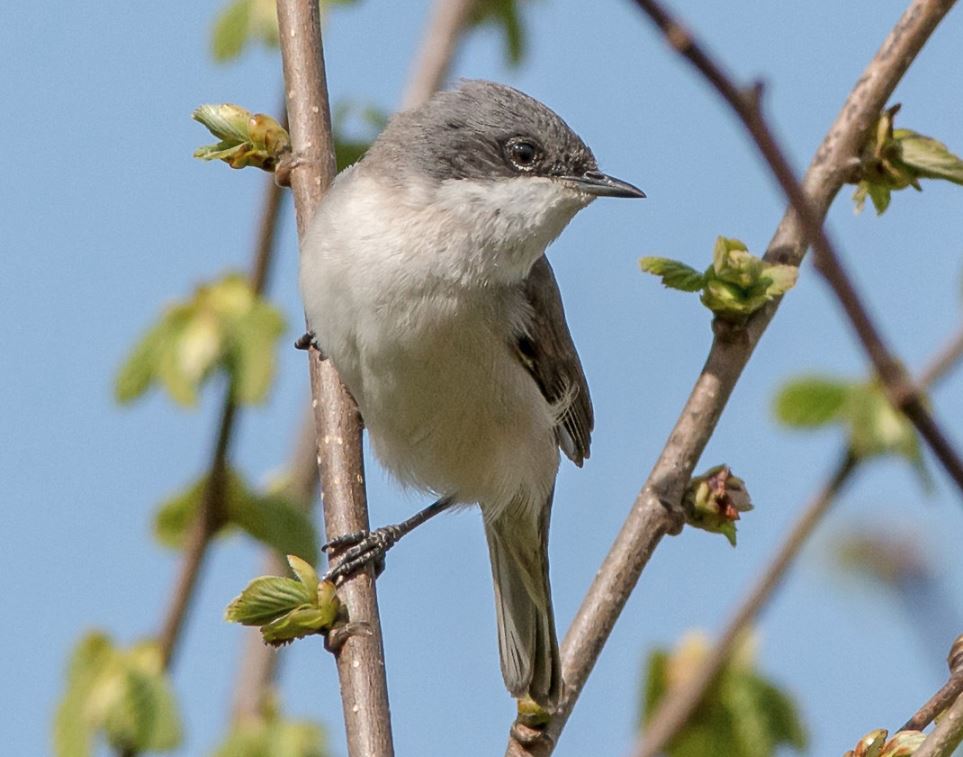
Conservation interventions can benefit species impacted by climate change
Author: Bowgen, K.M., Kettel, E.F., Butchart, S.H.M., Carr, J.A., Foden, W.B., Magin, G., Morecroft, M.D., Smith, R.K., Stein, B.A., Sutherland, W.G., Thaxter, C.B. & Pearce-Higgins, J.W.
Published: 2022
The first quantitative global assessment of biodiversity conservation interventions for climate change adaptation has been undertaken, led by BTO researchers.
30.03.22
Papers
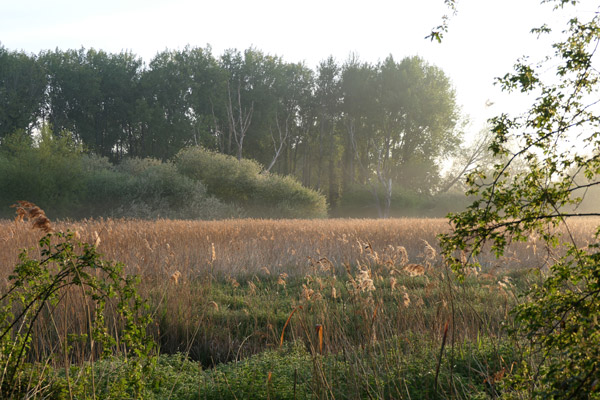
Can citizen science provide a solution for bat-friendly planning?
Author: Border, J.A., Gillings, S., Reynolds, T., Neeve, G. & Newson, S.E.
Published: 2022
Can gaps in our knowledge about the occurrence and activity of UK bats be addressed through the use of a citizen science approach? Can we use such an approach to support effective decision-making during the planning process, with opportunity and risk maps that can guide planning decisions and the location of mitigation measures?
25.03.22
Papers
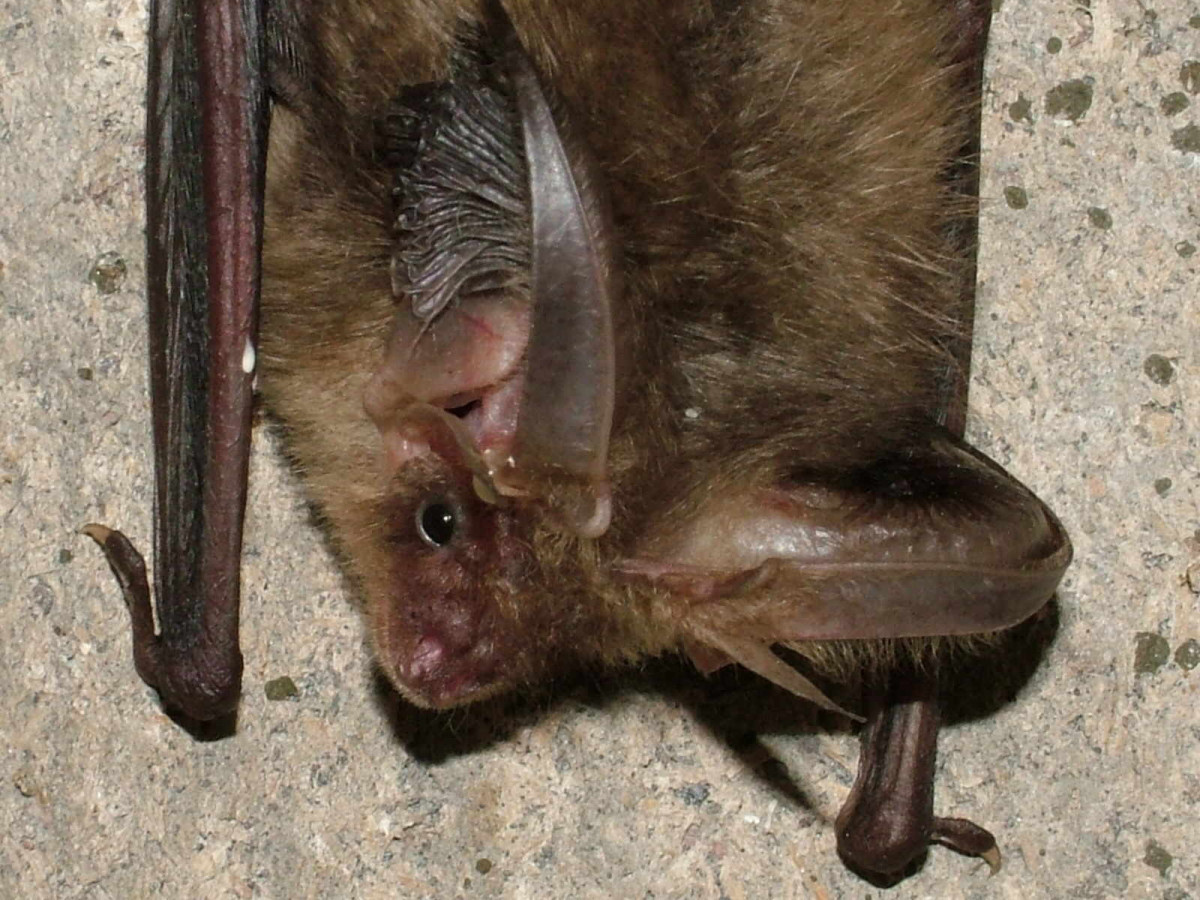
Investigating avoidance and attraction responses in Lesser Black-backed Gulls Larus fuscus to offshore wind farms
Author: Johnston, D.T., Thaxter, C.B., Boersch-Supan, P.H., Humphreys, L., Bouten, W., Clewley, G.D., Scragg, E.S., Masden, E.A., Barber, L.J., Conway, G., Clark, N.A., Burton, N.H.K & Cook, A.S.C.P.
Published: 2022
GPS tracking is a valuable tool for increasing our understanding of bird behaviour. In this study, researchers used tracking technology to investigate movements of Amber-listed Lesser Black-backed Gulls around offshore wind farms. Their results reveal a detailed picture of both avoidance of and attraction towards turbines in this species, which may be used to inform future collision risk assessments.
24.03.22
Papers
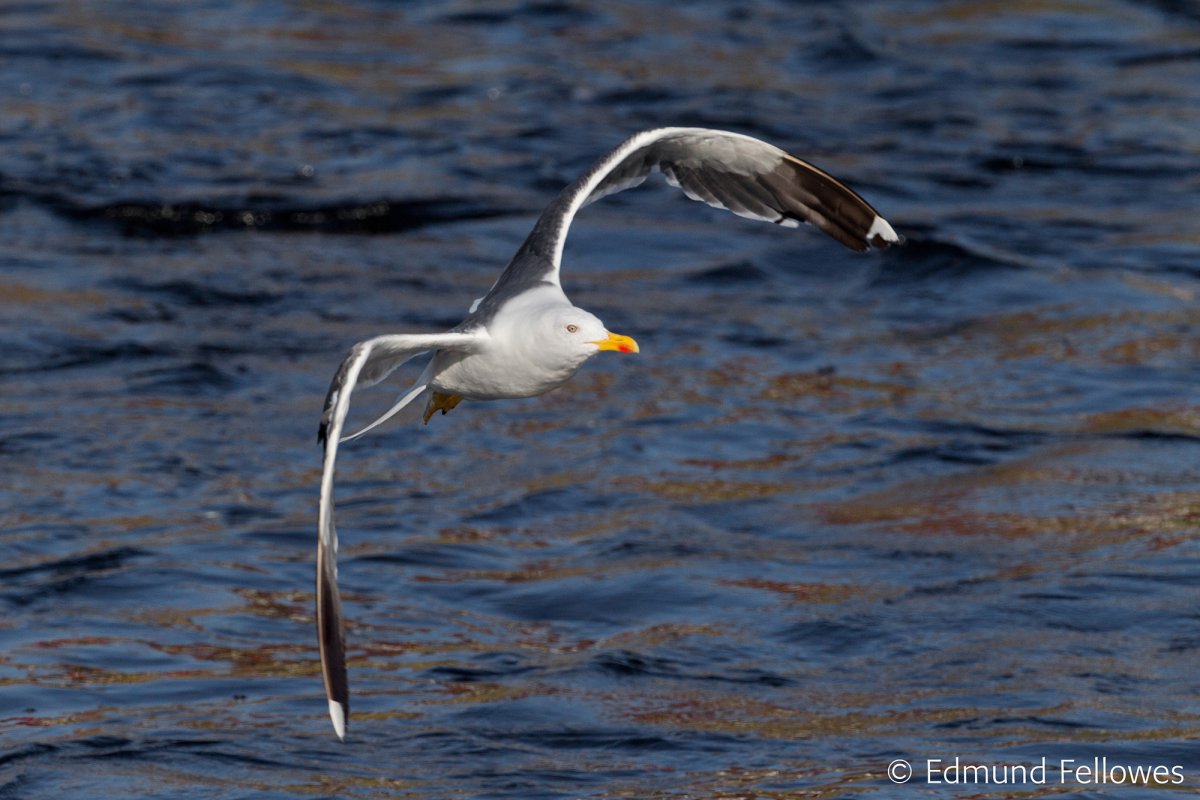
Rush or relax: migration tactics of a nocturnal insectivore in response to ecological barriers
Author: Lathouwers, M., Artois, T., Dendoncker, N., Beenaerts, N., Conway, G., Henderson, I., Kowalczyk, C., Davaasuren, B., Bayargur, S., Shewring. M., Cross, T., Ulenaers, E., Liechti, F. & Evens, R.
Published: 2022
New research involving BTO has confirmed the theory the migratory birds use different strategies at different points on their migratory journeys, speeding up when passing through inhospitable regions and slowing down where conditions are more favourable. Using GPS and data loggers, researchers tracked Nightjars breeding in the UK, Belgium and Mongolia as they travelled to their wintering grounds. Birds were found to adopt a 'rush' tactic when passing through ecological barriers, such as the Saharan and Arabian Deserts. This tactic involved a high daily travel speed and flight altitude, and a high migration probability at dusk and at night. By contrast, in semi-open, hospitable habitats, birds travelled at lower speeds and had a lower migration probability at dusk. The likely reflected birds slowing down to forage and refuel before the rest of their journey.
23.03.22
Papers
